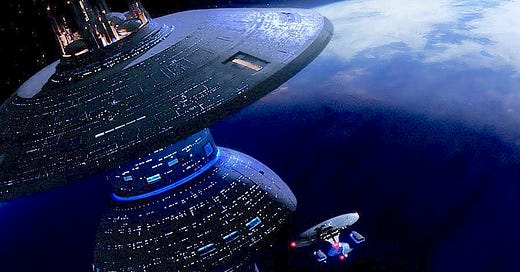Star Trek Inspires People ‘to Boldly Go’
Star Trek has inspired people to “to boldly go” and become scientists, adventurers, and innovators.
Keep reading with a 7-day free trial
Subscribe to The Objective Standard to keep reading this post and get 7 days of free access to the full post archives.




